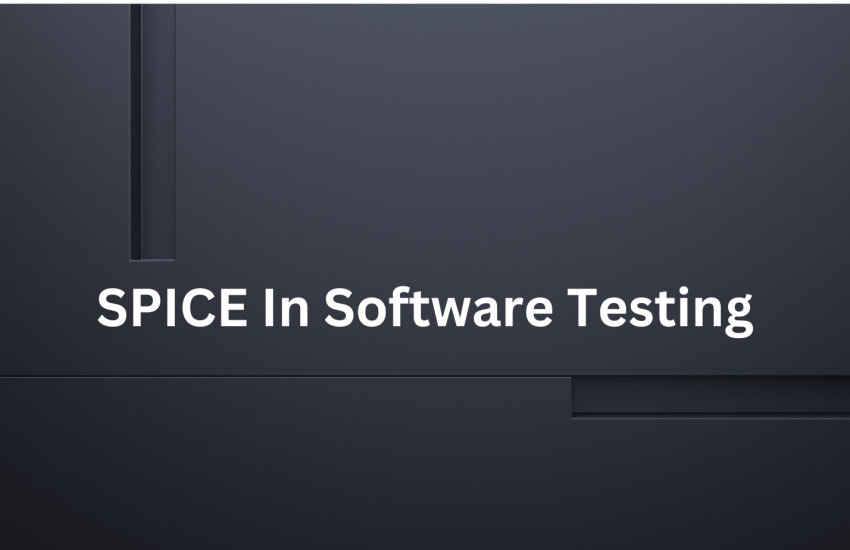Spice (Software Process Improvement and Capability Determination) is a set of international standards focused on software process improvement. It’s used to evaluate and assess an organization’s software processes’ maturity and capability.
Within Spice, there are several models, the most well-known being the ISO/IEC 15504, also known as SPICE or the Software Process Improvement and Capability Determination model. SPICE provides a framework for assessing software processes and helps organizations understand and improve their software development practices.
In software testing, SPICE can be applied to assess and enhance the maturity of testing processes. It offers a structured approach to evaluating the effectiveness, efficiency, and capability of organizational testing activities. By using SPICE, companies can identify areas for improvement in their testing processes, implement best practices, and ultimately enhance the quality of their software products.
Application of SPICE in software testing:
- Assessment and Improvement
SPICE, specifically ISO/IEC 15504, comprises a set of processes and criteria that define the maturity of software development and testing practices within an organization. These processes are evaluated against certain capability levels, ranging from incomplete (level 0) to optimized (level 5). - Process Assessment
SPICE assessments involve evaluating the organization’s testing processes against the defined criteria. This evaluation aims to identify strengths, weaknesses, and areas for improvement in the testing activities. It involves assessing how well-defined and executed the processes are, whether they’re being monitored, and how they’re being managed. - Process Improvement
After the assessment, organizations can develop improvement plans based on the identified gaps. For instance, if the assessment reveals weaknesses in test planning or inadequate test coverage, the organization can focus on enhancing these areas. This might involve refining testing methodologies, adopting better tools, providing additional training, or improving documentation.
Key Benefits:
- Quality Enhancement: Implementing SPICE in testing processes can lead to higher-quality software. It helps in early detection and resolution of defects, improving the overall reliability and user satisfaction with the software.
- Efficiency: By analyzing and enhancing testing processes, organizations can streamline their efforts, reduce redundant activities, and optimize resource utilization.
- Consistency: SPICE encourages standardization of testing practices across projects and teams, leading to consistency in quality and approach.
- Risk Mitigation: Through thorough assessments, organizations can identify and mitigate risks associated with their testing processes, reducing the chances of critical errors slipping into the final product.
- Continuous Improvement: SPICE promotes a culture of continuous improvement by providing a structured approach to assessing and enhancing processes. Organizations can iteratively refine their testing practices to adapt to changing requirements and technological advancements.
- Implementation Challenges: Implementing SPICE in software testing requires commitment and resources. It involves training staff, adjusting workflows, and sometimes investing in new tools or technologies. Resistance to change and the need for extensive documentation can also be challenged during implementation.




